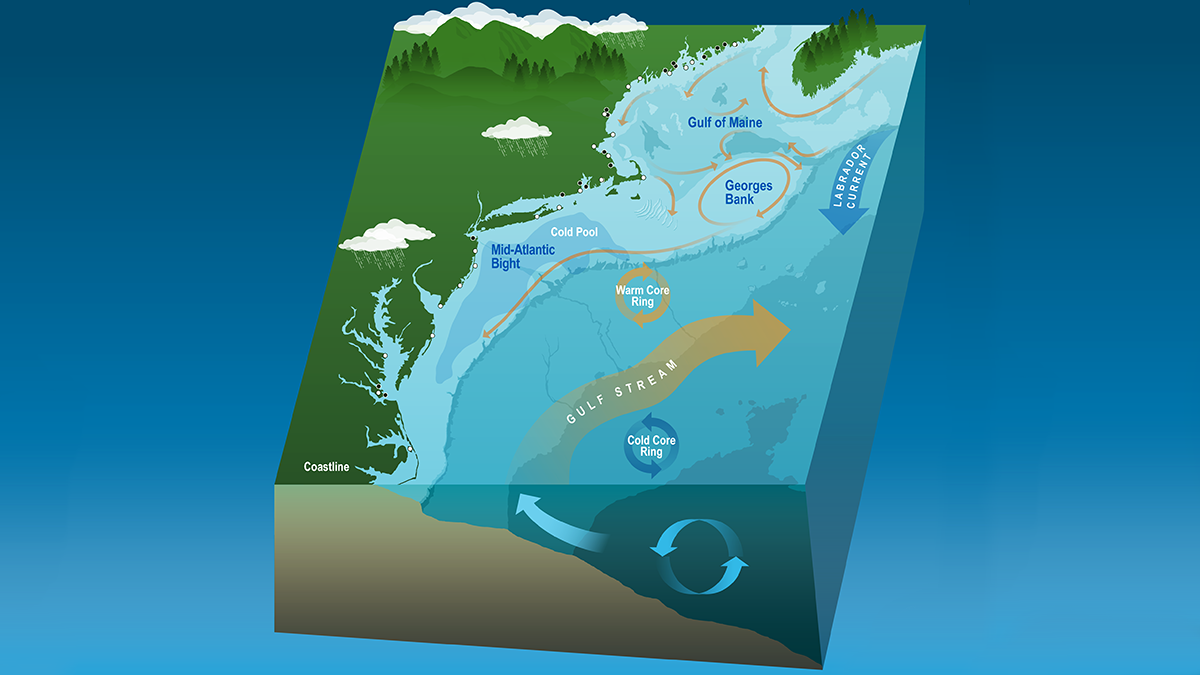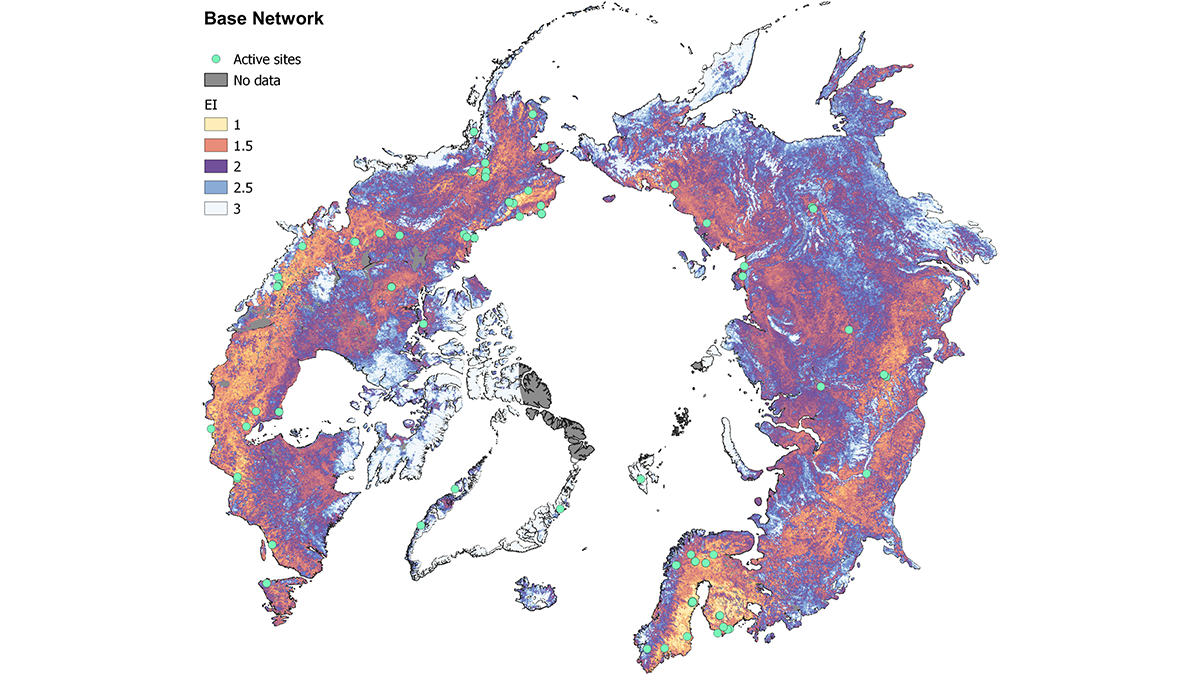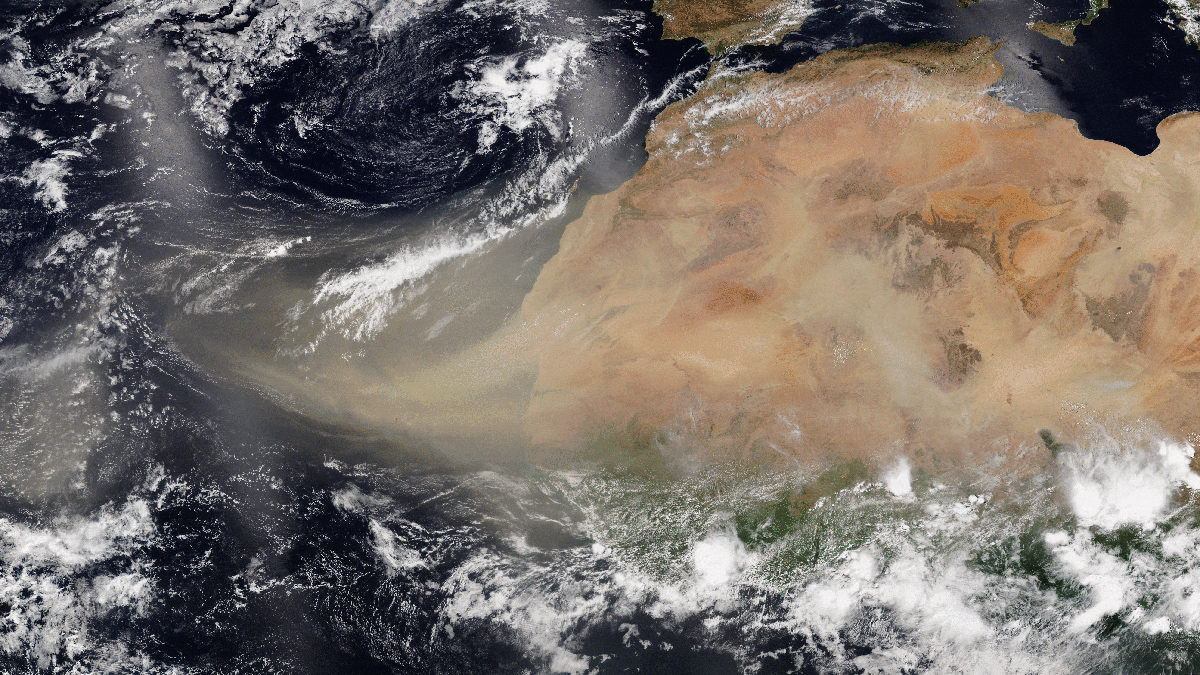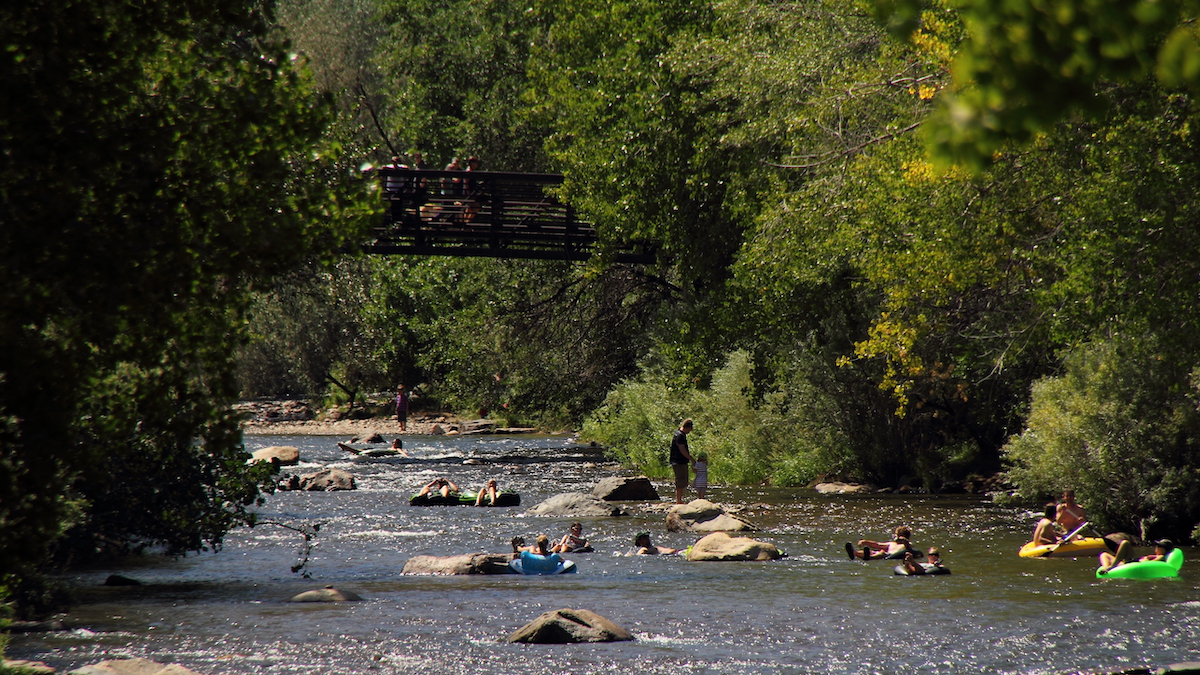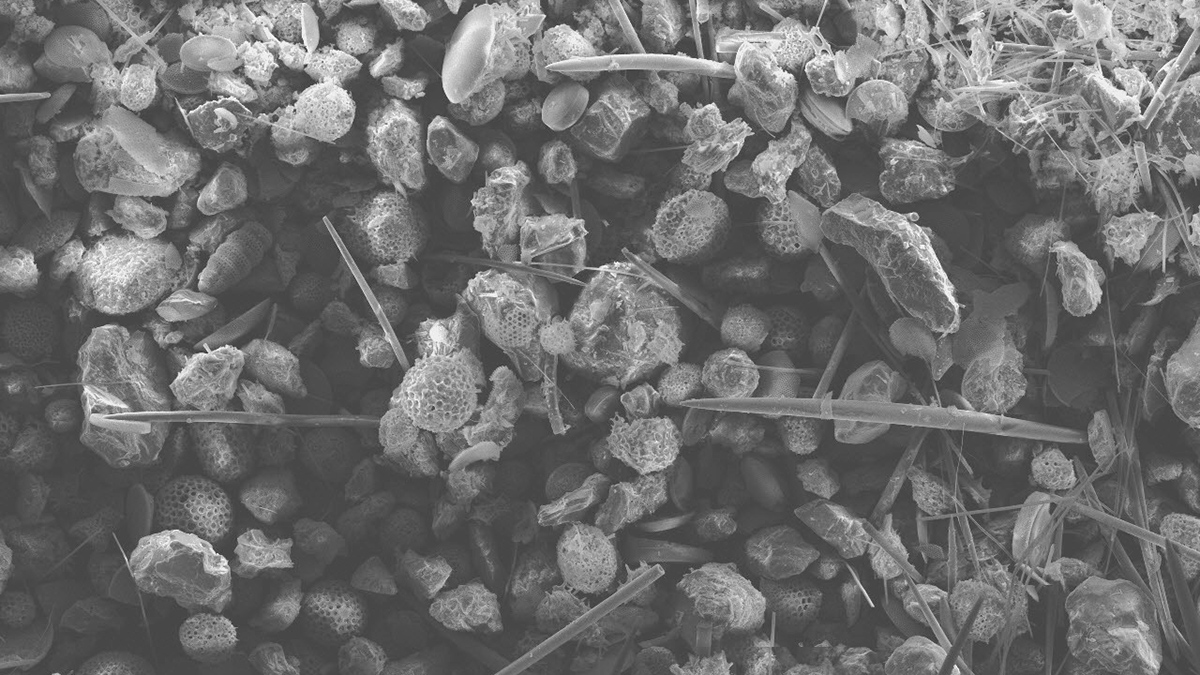One decade of high-quality satellite salinity observations provide valuable insights into the complex dynamics in the Mid-Atlantic Bight.
biogeochemistry
Filling the Gaps: Context and Design of Arctic Carbon Flux Measurement Networks
Large scale observational networks are necessary for understanding the impact of a warming climate in the Arctic, but critical tools are crucial to how those networks are designed.
How Southern Ocean Currents Modulate Global Biogeochemical Cycles
Swirling currents called mesoscale eddies occupy about 22% of the ice-free Southern Ocean. Using data from drifting floats and satellites, scientists report the impact these eddies have on biogeochemical cycles.
Arctic Hydrothermal Vents May Resemble Those on Enceladus
By studying hydrogen-rich vent sites on Earth, scientists could learn more about the hidden ocean of Saturn’s icy moon—one of our solar system’s likeliest candidates for harboring life beyond Earth.
Next NASA Field Campaign Could Fund Projects in Drylands or Tropics
Scientific feedback can improve proposals and signal support for large-scale, intensive climate research.
Saharan Dust Carries Iron That Feeds Life in the Distant Ocean
A new study of seafloor sediments suggests reactions in the atmosphere convert dust-borne iron into forms more readily taken up by phytoplankton.
Microbe Preferences Drive Ocean Carbon Pump
New research offers insight into how certain bacteria degrade organic matter in Earth’s oceans.
Labor Day Dips Alter Stream Composition
Holiday weekend tubing introduces toxic chemicals and shifts microbial communities in a popular Colorado river.
Clays May Have Slowed Earth’s Recovery After the Great Dying
Without tiny marine organisms using silica for shells, Earth’s oceans generated more clay, released more carbon dioxide, and kept Earth warmer for longer.
Corals Are Simplistic When Conditions Are Acidic
Increasing ocean acidity could spell trouble for fish that depend on corals’ many branches for protection.

